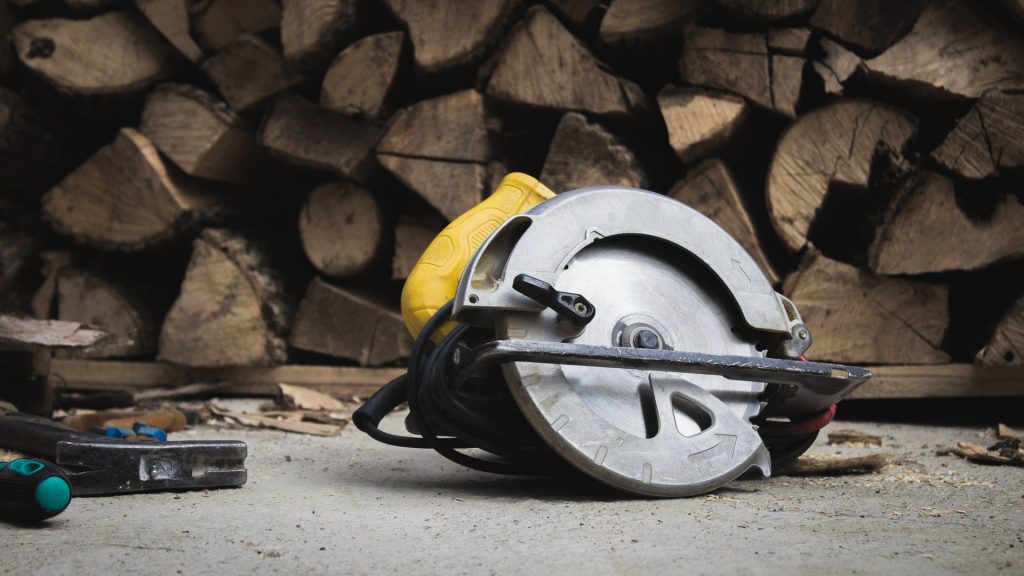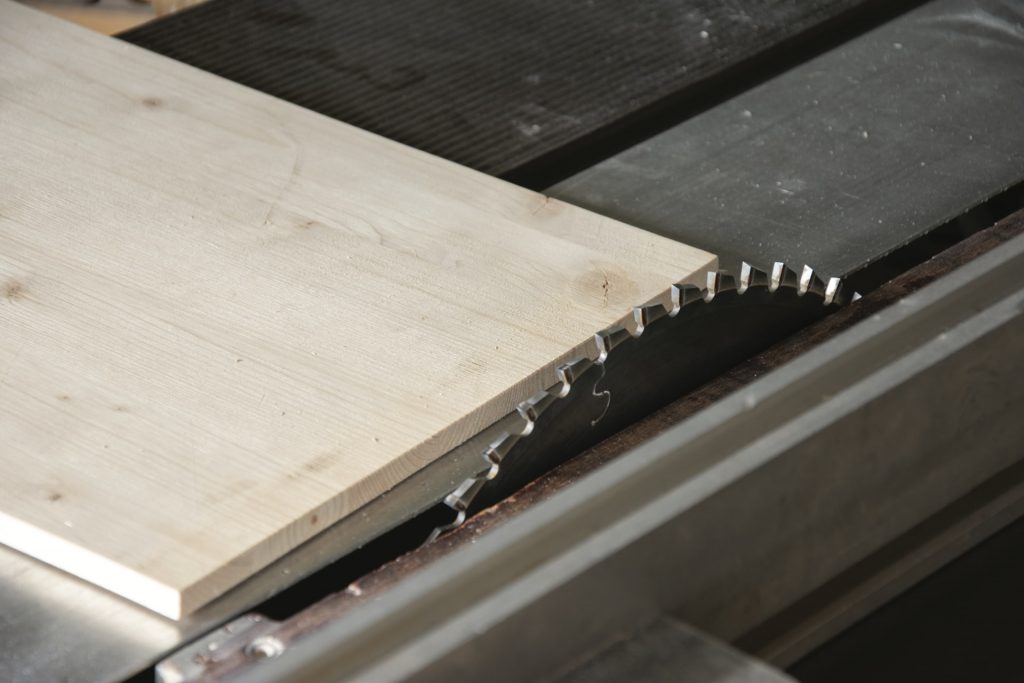A dull blade not only slows down your work but can be extremely dangerous as it may overheat.
Getting your blade sharpened is a strenuous task. It takes time, patience, and the correct tools to perform the job correctly.
We have written this step-by-step guide on how to sharpen a circular saw blade with a file. This is a relatively easy and hassle-free way to sharpen a blade.
Quick Summary
In this post, we will go over:
- Is it worth it to sharpen your blade?
- How do you know if your circular saw blade is dull?
- How to sharpen a circular saw blade with a file?
Let’s get started.
Why Should You Sharpen Your Circular Saw Blade?
Before you dig deeper, it’s important to know if it’s actually worth it to sharpen your blade.
You may be asking, why shouldn’t we just get a new blade when the current one becomes dull? Well, circular saw blades carry a hefty price tag.
This means you cannot replace a dull blade with a new one every time. It’s important to know how to sharpen a blade to increase its efficiency and extend its life. This will make the blade good as new.
Moreover, the circular saws now come with carbide and steel blades. Both of these blades can be sharpened. But, how many times you can sharpen a blade depends on the type of blade you own.
On the other hand, there are blades in the market that we do not recommend you sharpen. Some blades are too cheap to resharpen so we don’t think they’re worth the effort.
How Do You Know If Your Circular Saw Blade is Dull?
There are several indicators to let you know that your circular saw blade has gone dull.
First, if you notice a decrease in the quality of the cuts then we recommend you sharpen your blade. Dull blades produce rough and inaccurate cuts. This affects the overall outcome of your project.
Furthermore, a dull blade can overwork the motor and decrease the life of the machine. But, how do you know if the blade has affected the motor? Listen for the sound of the motor when the circular saw is in use.
If you notice a change in the sound of the motor, this will tell you that the motor is being overworked. A sharp blade not only requires less horsepower but the saw motor also works quietly.
In addition, if you notice the wood getting chipped, it’s time to sharpen your circular saw blade.
We suggest you regularly inspect your blade for round edges or chipped teeth as they are a big indicator to sharpen or replace your blade.
Moreover, if you catch burn marks on the wood that was not there before that means you have a worn-out blade.
A dull or worn-out blade shows more resistance when you cut a material and produces more friction as a result. There should be minimal resistance when you cut wood with a sharp blade.
In fact, you should sharpen a circular saw blade every 10-18 months according to the frequency of how much you use it. Whereas, a blade should be replaced after 250 cuts before it gets too worn out.
Note: There are many reasons as to why a circular saw might stop working such as dull blades, damaged motor saw, and even cable and voltage issues. Check out How to Fix it.
How to Sharpen a Circular Saw Blade with a File?

Now that you know some of the signs of a dull blade, the next step is to sharpen it.
Step # 1
The first thing you need to do is unplug the circular saw from the power and remove the blade. Be extremely careful while you remove the blade. We highly recommend you wear gloves to protect your hands from the blade.
We suggest you use a that is made of coarser grit than your blade. This will take off more metal than one with an equal or finer grit. You may also use a diamond file.
Step # 2
The next step is to secure the blade before you start to file. For this purpose, a vise will work great. However, if you don’t have one you can create it with whatever you have available in your workshop. But, remember to not apply pressure on the blade with your vise.
Step # 3
Now, you’re ready to start to file the blade. Carefully glide the file across all teeth of the blade about 4 times. Match the bevel angle of the tooth as you file the saw.
If you want a thinner blade, you can file off the excess metal from the side of the teeth. But, for a thicker and more durable blade, file down both sides of the teeth.
It’s best if you make gentle strokes and work in small sections at one time.
Always position the file at 90 degrees and create small motions away from the teeth. Do not make side-to-side or back and forth movements as they can damage the blade.
If you want to create a new cutting edge, we suggest you start to file along with one tooth at a time rather than all teeth at once.
Never try to sharpen a circular saw blade by running them through a bench grinder or try to file them when they are spinning.
Moreover, If you notice file marks on the surface of the blade, you can remove them with the help of sandpaper before you slide the file across the teeth again.
After you’re done with the whole blade, go over it once again to ensure that the blade is sharp.
Now, carefully reinstall the blade in the circular saw. Make sure the blade spins smooth and there are no burn marks on either side of the blade.
Wrapping Things Up…
This concludes our guide on how to sharpen a circular saw blade with a file.
It’s crucial you check the condition of your blade every once in a while to ensure that your blade works properly.
The best part is that it takes no longer than 20 minutes to file the whole blade from start to finish.
There are other ways to sharpen a circular saw blade. Check them out on our website.

